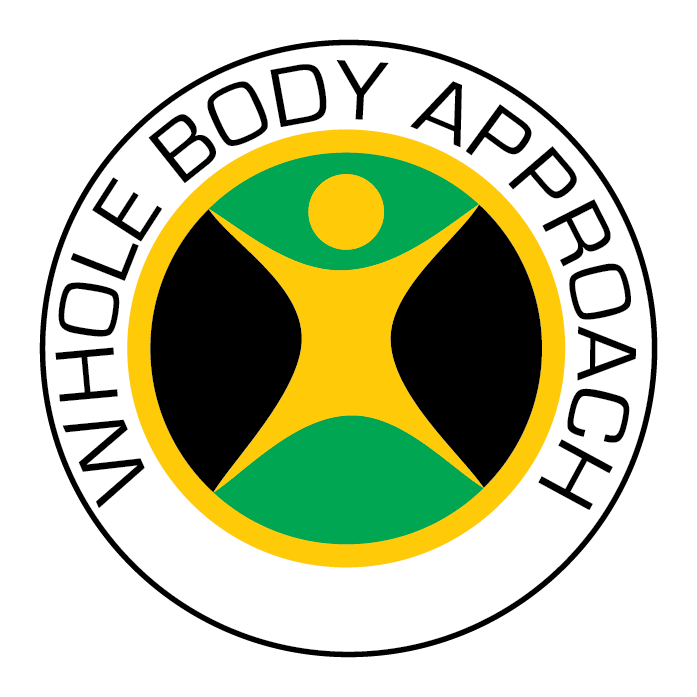Unlocking the Anabolic Window: Understanding Protein Timing After Workouts
For active adults and restless parents juggling busy schedules, maximising the benefits of every workout is key. One concept that often sparks curiosity in fitness circles is the "anabolic window"—a period post-workout believed to be crucial for muscle recovery and growth. But how much of this is science, and how much is myth? Let’s explore the nuances of protein timing, nutrient timing, and their role in optimising muscle protein synthesis (MPS).
What Is the Anabolic Window?
The anabolic window refers to a short period after exercise when your muscles are particularly receptive to nutrients, especially protein. Historically, consuming protein within 30–60 minutes post-workout was essential for muscle growth and repair. This idea stems from the fact that resistance training causes microscopic tears in muscle fibres, triggering a repair process known as muscle protein synthesis, which requires amino acids from dietary protein.
However, recent research suggests this window might not be as narrow as once thought. Studies indicate that muscles remain sensitive to protein ingestion for up to 24 hours post-exercise. However, the rate of MPS is highest immediately after a workout and gradually declines over time[1][2][3].
Why Protein Timing Matters
1. Muscle Repair and Growth
Protein is essential for repairing damaged muscle fibres and building new ones. Consuming enough protein after a workout provides the building blocks—amino acids—needed for this process.
2. Enhancing Muscle Protein Synthesis
Post-exercise protein intake stimulates MPS, helping muscles recover faster and grow stronger. While total daily protein intake is critical, timing your protein consumption around workouts can further optimise results[4][5].
3. Preventing Muscle Breakdown
After exercise, your body enters a catabolic state where muscle breakdown exceeds synthesis. Consuming protein helps shift this balance toward an anabolic state, promoting net muscle protein synthesis[6].
How Much Protein Should You Consume Post-Workout?
The protein needed depends on body weight, activity level, and fitness goals. A general guideline is to consume 0.2–0.5 grams of protein per kilogram of body weight after exercise. For most people, this translates to about 20–40 grams of high-quality protein[7][8].
Sources of high-quality protein include:
Whey protein shakes
Lean meats (chicken, turkey)
Eggs
Greek yoghurt
Plant-based options like tofu or lentils
Timing Revisited: Is Immediate Protein Intake Necessary?
The traditional belief in a strict 30–60 minute anabolic window has been challenged by newer research. Here’s what we know:
If you’ve eaten a meal containing protein within 3–4 hours before your workout, your body likely still has circulating amino acids to support MPS post-exercise[9][10].
For those training in a fasted state (e.g., early morning workouts), consuming protein shortly after exercise becomes more important to kick-start recovery[11]. Practical advice: For optimal results, aim to consume a balanced meal or snack containing protein and carbohydrates within 2 hours post-workout [12].
Whey Protein vs Whole Foods: Which Is Better?
Whey Protein
Whey is a fast-digesting protein that quickly delivers amino acids to your muscles, making it an excellent choice for post-exercise recovery. It’s particularly rich in leucine, an amino acid critical for stimulating MPS[13].
Whole Foods
While whey is convenient, whole foods like chicken breast or eggs provide additional nutrients such as vitamins and minerals that support overall health. Combining both can offer the best of both worlds.
Daily Protein Intake Matters Most
While nutrient timing can enhance recovery and performance, research consistently shows that daily protein intake plays a more significant role in muscle growth and strength gains. Active adults should aim for 1.6–2.2 grams of protein per kilogram of body weight per day, distributed evenly across meals[14][15].
Practical Tips for Busy Adults
Plan Ahead: Prepare post-workout snacks or meals to meet your nutrient needs.
Use Protein Supplements: Whey or plant-based protein powders are convenient options for those who are short on time.
Balance Your Meals: Pair proteins with carbohydrates (e.g., chicken with rice) to replenish glycogen stores and support recovery.
Listen to Your Body: If eating immediately post-workout feels inconvenient or forced, focus on meeting your daily protein target instead.
Conclusion
The anabolic window concept has evolved from a rigid 30-minute rule to a more flexible understanding of nutrient timing. While consuming protein shortly after exercise can optimise recovery and muscle growth—especially for fasted workouts—the most critical factor remains your total daily protein intake.
For active adults and restless parents balancing fitness with life’s demands, remember that consistency trumps perfection. Whether it’s a quick whey shake post-gym or a hearty meal later in the day, what matters most is fueling your body with enough high-quality nutrients to support your goals.
FAQs
1. Do I need to eat immediately after my workout?
Not necessarily. If you’ve had a meal with protein within 3–4 hours before exercising, you don’t need to rush into eating right after your workout.
2. How much protein should I eat per day?
If you're active or looking to build muscle, aim for 1.6–2.2 grams of protein per kilogram of body weight daily.
3. Is whey better than whole foods post-workout?
Whey is convenient and fast-digesting, making it ideal for immediate recovery needs. However, whole foods provide additional nutrients that are beneficial for overall health.
4. What if I miss my anabolic window?
Don’t stress! If you meet your daily protein requirements, missing the narrow anabolic window won’t significantly impact your progress.
5. Can I use plant-based proteins instead of whey?
Absolutely! Plant-based proteins like peas or soy can effectively stimulate MPS when consumed adequately.
Citations:
[1] https://www.onepeloton.com/blog/anabolic-window/
[2] https://dspace.stir.ac.uk/bitstream/1893/22756/1/Witard%20and%20Tipton%2014%20Agro.pdf
[3] https://www.tandfonline.com/doi/full/10.1186/1550-2783-10-5
[4] https://pmc.ncbi.nlm.nih.gov/articles/PMC2732256/
[5] https://educatefitness.co.uk/unleashing-fitness-potential-a-deep-dive-into-nutrient-timing-and-its-fitness-benefits/
[6] https://www.marchon.co.uk/post/does-protein-timing-matter-for-muscle-gain
[7] https://www.youtube.com/watch?v=tALUxxVxqA8
[8] https://www.medicalnewstoday.com/articles/how-much-protein-do-you-need-to-build-muscle
[9] https://www.issaonline.com/blog/post/nutrient-timing-for-bigger-muscles
[10] https://pmc.ncbi.nlm.nih.gov/articles/PMC11156191/
[11] https://pmc.ncbi.nlm.nih.gov/articles/PMC3577439/
[12] https://www.acsm.org/docs/default-source/files-for-resource-library/protein-intake-for-optimal-muscle-maintenance.pdf
[13] https://www.menshealth.com/fitness/a39944766/anabolic-window/
[14] https://pubmed.ncbi.nlm.nih.gov/30702982/
[15] https://www.medichecks.com/blogs/sports-performance/the-anabolic-window-does-it-exist
[16] https://www.healthline.com/health/fitness-exercise/anabolic-window
[17] https://www.jospt.org/doi/10.2519/jospt.2018.0615
[18] https://pmc.ncbi.nlm.nih.gov/articles/PMC7230944/
[19] https://www.frontiersin.org/journals/nutrition/articles/10.3389/fnut.2024.1397090/full
[20] https://www.clifbar.co.uk/stories/5-facts-about-protein-recovery-after-workout/
[21] https://pmc.ncbi.nlm.nih.gov/articles/PMC3577439/
[22] https://pubmed.ncbi.nlm.nih.gov/38039960/
[23] https://www.usada.org/spirit-of-sport/when-consume-protein-muscle-growth/
[24] https://www.bodybuilding.com/fun/berardi54.htm
[25] https://www.verywellhealth.com/protein-timing-for-muscle-gains-8549248
[26] https://www.bbcgoodfood.com/health/fitness/how-much-protein-to-build-muscle
[27] https://www.muscleandstrength.com/articles/meal-timing-set-your-watch-to-more-growth.html
[28] https://jn.nutrition.org/article/S0022-3166(22)02189-7/fulltext
[29] https://www.healthline.com/nutrition/does-nutrient-timing-matter
[30] https://www.hfe.co.uk/nutrition/articles/nutrient-timing/

